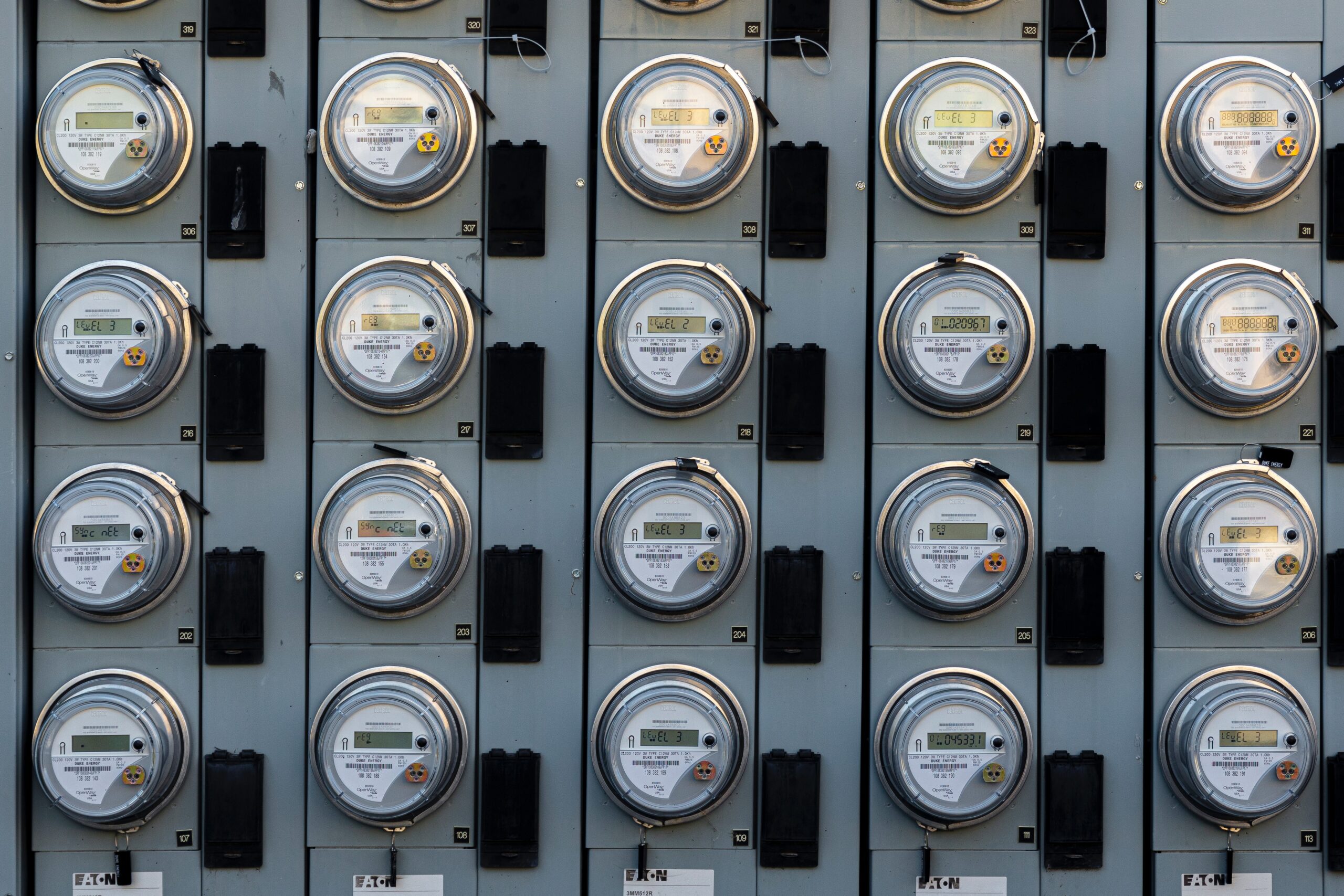Behind the Scenes: Electric Utilities Explained“Nothing can have value without being an object of utility.” -Karl Marx

Electric Utilities Explained
Websters defines utility as “something useful; a useful thing.” To narrow it further, a public utility is “a public service, as a system to provide water or electricity, a railroad line, a cell tower network, or the like.”
If you are anything like me, you’ve read the first two sentences and you’ve already lost interest and dozed off. I get it. “Electric Utilities Explained” sounds like the title to some college textbook you are forced to buy, but never actually open. Public utilities are a core part of our daily lives, but they are not the most entertaining topic of conversation. In fact, we very rarely think about them.
Pay No Attention to That Utility Behind the Curtain…
For how little we think about them, we think about how they operate even less than that. And that’s just the way they seem to like it. Public utilities gained an extraordinary amount of power and control over their specific market segments in the early 20th century. And not much has changed since then.
This week, the JCL Energy Journal breaks down the mammoth entity that is electric utilities. Stick with us, we promise to keep it short and snooze-free!
Break it Down: What’s the Deal With Electric Utilities?
We live in an era of electricity. Current trends show that industrial work shifts more towards electric-based power each year. That probably won’t stop anytime soon. I guess JCL Energy picked the right industry! All joking aside, there has to exist a measure of control over something as huge as the US Electric Grid. Enter: electric utility companies.
At the time of their birth, creating “natural monopolies” for public utility companies made the most sense. Simply put, multiple networks competing to control the same area would waste time and resources. I bet you can spot the problem with that logic already. With no competition, who keeps public utilities in check?
In fact, the average American at the time was not in favor of these (often-corrupt) monopolies. As the old saying goes, having absolute power corrupts absolutely. The solution? The regulatory compact. Essentially, Americans grudgingly agreed to give electric utilities a monopoly over an area as the sole electricity provider. In return, the utilities agreed to only charge customers a rate that covers costs and provides a “reasonable rate of return.” To keep them honest, they created public utility commissions (PUCs) to monitor and approve electric rates. That way, the utility companies couldn’t charge ever-inflating rates to pad their profits.
So What About the Free Market?
I know what you’re thinking… What about American capitalism and the spirit of free market commerce? Those are two things that are notably absent from public utilities. Public utilities companies aren’t subject to competition. Instead, they charge government-approved prices and receive guaranteed returns on their investments. On one hand, this creates a stable environment and provides reasonably steady electric rates over time. But there’s a downside, as we’ve found out in recent years. Electric utility companies have little to no interest in changing the system because the current system is profitable. Unfortunately, the way they make their money might just be what’s keeping America from modernizing the electric grid.
It’s All About the Benjamins, Baby
How exactly DO electric utility companies make a profit? Just selling the electricity supply isn’t enough. We know that they can’t raise their rates for no reason under the eye of a PUC. If they only charge enough to cover costs and make a “reasonable” profit, it doesn’t follow that they would be rolling in the proverbial dough. When it comes to making a profit, it all comes down to the “covering their costs” bit.
Electric utility companies are constantly looking to invest money in new power plants and miles of new power lines. The more they invest, the more returns they receive under the umbrella of “covering costs.” On the surface, it seems like a good thing. More new plants, substations, and lines mean more available electricity, right? It IS a good thing… Unless the demand for utility service is slowing like it has in recent years. Individuals are more capable of producing their own power these days. Solar roof panels, generators, and other power prediction methods are growing in popularity and use.
In all honesty, this is a good thing. America’s reliance on fossil fuels to produce electricity is a major issue. Traditional utilities rely too heavily on “traditional” power plants and fossil fuels. But the shift to renewable sources of energy isn’t a good thing for a utility company’s bottom line. They’ve spent recent decades pouring money into “traditional” energy production. If fewer customers are paying them for electric service, they have to increase their rates for remaining customers to get the same rate of return. No one ends up happy in that situation.
The Future vs. The Past
At this point, we’ve got ourselves a good old-fashion standoff. On one side… public utilities companies, who have an “if it’s not broken, don’t fix it” mentality. On the other side… shifting demand calling for renewable energy, and new innovations that take power distribution out of the hands of the monopolies. In many ways, it seems like a stalemate situation. But there are a few public utilities out there that have made the choices to adapt and change for the needs of the times. (Check out more on that topic here).
As H. G. Wells once said, “Adapt or perish, now as ever, is nature’s inexorable imperative.” Public utility companies are reaching a point of no return. They can change, or they can perish. There are definitely a few players who could fill their shoes, like the electric co-op model. (More on that next month!) No matter what changes we have in store, JCL Energy stands ready for whatever comes next. We’re here to keep energizing American industry, no matter where the power comes from.
Sources
Girouard, Coley. “How Do Electric Utilities Make Money?” Advanced Energy Perspectives, https://blog.aee.net/how-do-electric-utilities-make-money. Accessed 23 Aug. 2022.
Roberts, David. “Utilities for Dummies: How They Work and Why That Needs to Change | Grist.” Grist, 21 May 2013, https://grist.org/climate-energy/utilities-for-dummies-how-they-work-and-why-that-needs-to-change/.
